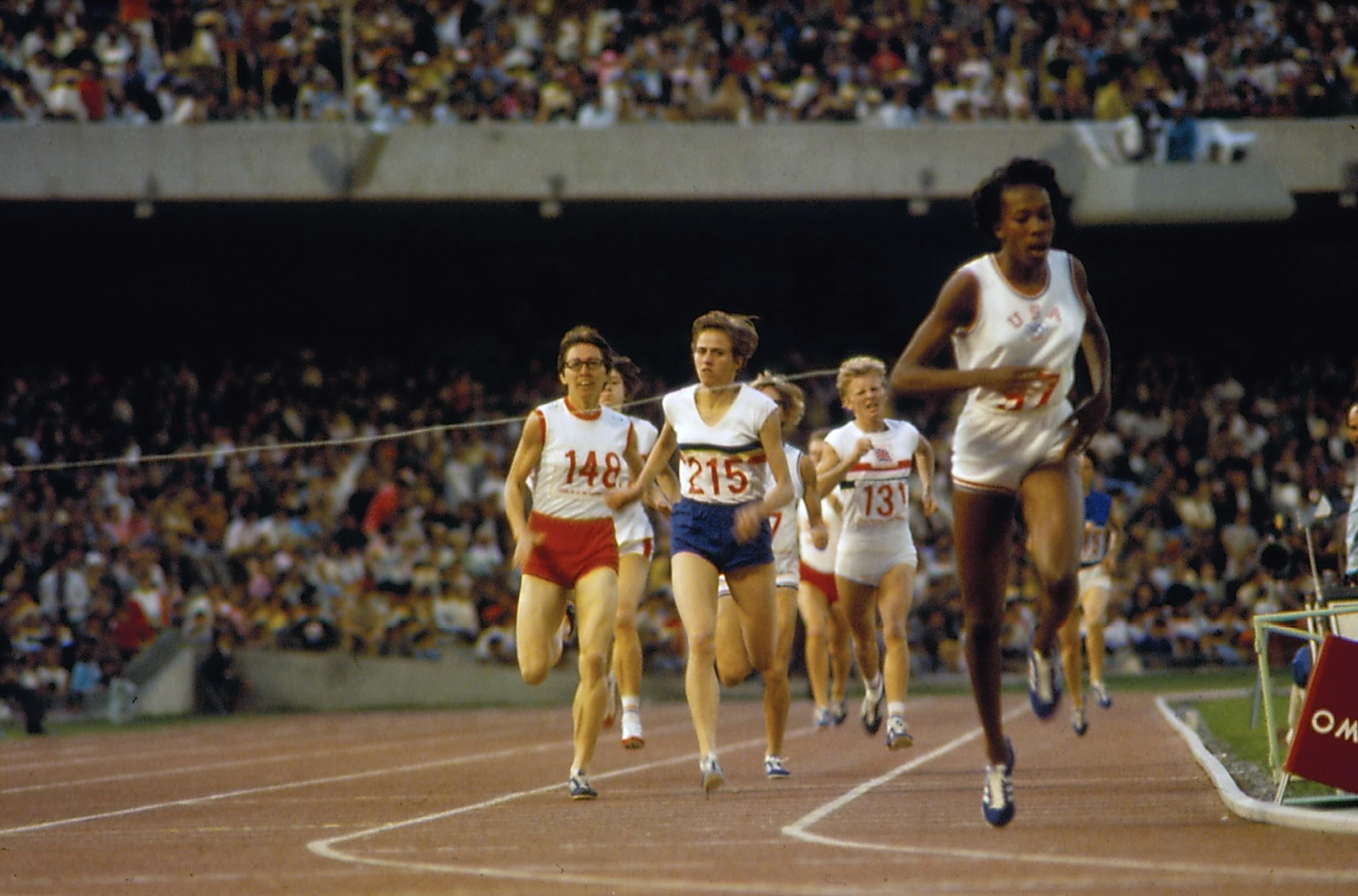
Starting Line 1928
A Women's Oral History Podcast
Interview by Sheridan Wilbur
Photography sourced from Starting Line 1928 Team Archives
In 1896, the first modern Olympics were held, but it wasn’t until 1928 that women runners were called to the starting line. After falsified reports of women runners collapsing, track and field’s governing body decided to eliminate the 800m after one try. That distance wouldn’t return to the women’s Olympic schedule until 1960. That was neither the first and certainly not the last time the story of women’s running was misconstrued, and athletes’ voices lost. Starting Line 1928 is an oral history project documenting the experiences of female distance running’s pioneers, in their own voices.
With the help of freelance historians, Cindy Kuzma, Johanna Gretschel, Freddi Carlip, and Cara Elizabeth Hawkins-Jedlicka collect oral histories. We spoke with the team to learn more about the project and their diverse ambitions.
SW: I’d love to hear the origin story of this project and more about your backgrounds.
Cara: I interned for FloTrack for several years and did some work on other various websites, but went over to academic marketing and then eventually into academia as an instructor.
Cindy: I’m a freelance writer, writing in the running and endurance sports space since 2013. I've done a little bit of podcasting too and got my start at Runner’s World. When I saw the call for volunteers for this project in the Fast Women Facebook group from Gary Corbitt, I was interested because I spent a lot of time writing about runners of today. But I really appreciate the need to document those who came before this generation. I was hopeful that by having a background in audio, I could bring some of that expertise to this project to get it off the ground.
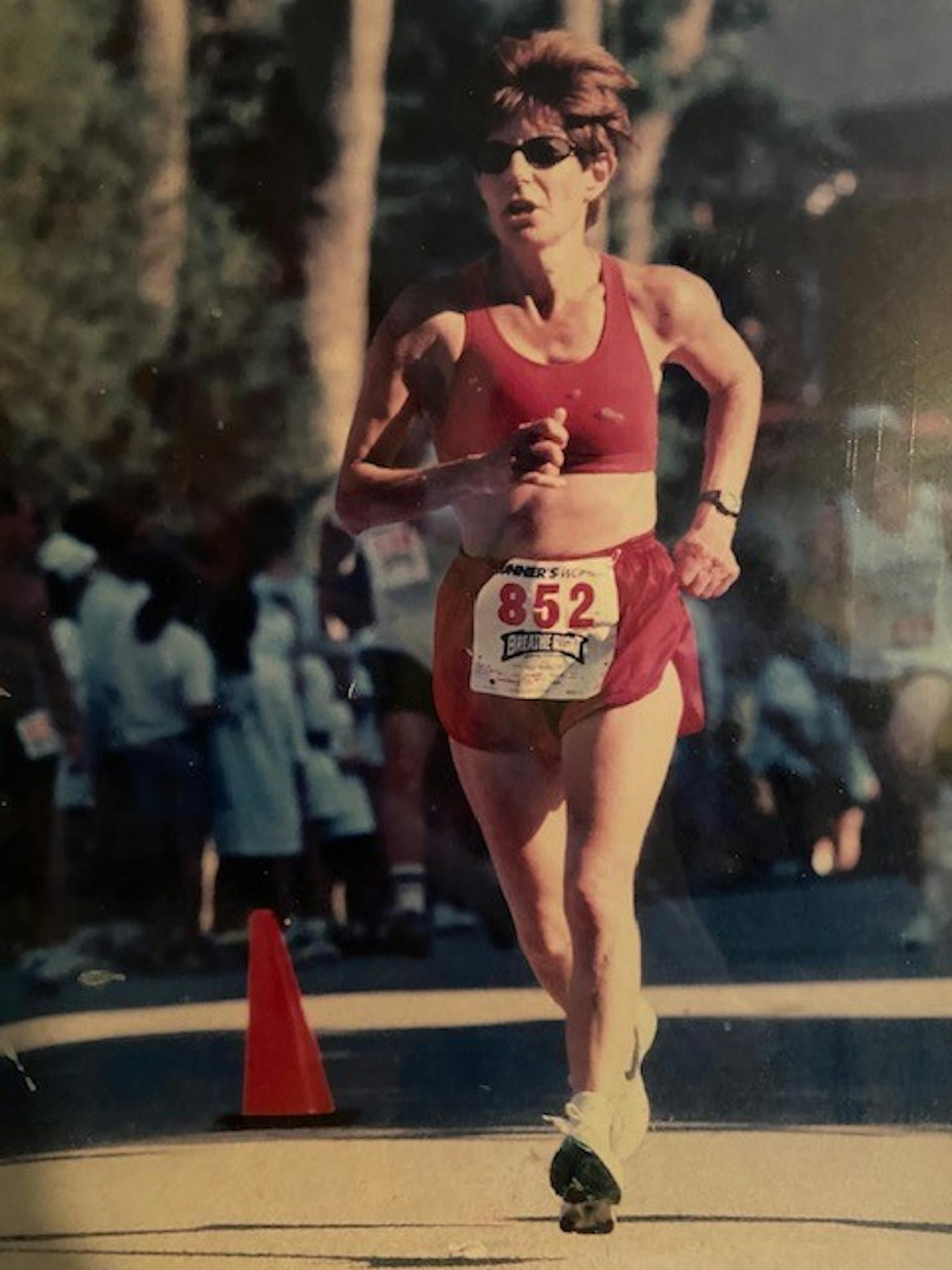
Freddi: I am the eldest of the group. I have been running since the seventies and still run but don’t compete anymore. I'm actually one of the pioneers. I published the Runner's Gazette when it was a print publication, it’s now totally online. Its tagline is “America's first running newspaper.” It's been around since September 1976.
I've known Gary Corbitt and his dad Ted for many years. Gary had reached out to me about this and I thought this was a great idea. As we gelled, I found the other women I work with are terrific. We all come from different perspectives, so our total knowledge and expertise work well together.
Johanna: I’ve been covering elite track and field and running since about 2014 for Runners World, Self, and I used to work for FloTrack and MileSplit. I’m still involved with some of the broadcasting with the Big 12 Championships.
It's funny because during the pandemic I actually pitched a fellowship here and applied to do a written piece about the pioneers specifically. I wanted to interview some of the women from the 1980s who ran on the first college cross country teams, but I didn't get picked for that project. Then I stumbled across this idea in the Fast Women newsletter. It was so perfect. It’s a similar idea about preserving the history of women's sport. Being able to work with a team seemed like a much easier way to do it. Luckily we got selected.
SW: What was that like, starting to work together and get to know each other and figure out where you begin? There's so many pioneers I would be interested in interviewing and capturing their history.
Freddi: We did a lot of brainstorming. It was a real collaboration of everybody coming together in a very collegial way. Gary handed us a list and we have added to that list. I told him how far we had moved, maybe six months ago and he replied, “I wish I could clone the four of you for some of my other projects because you really get it moving.” That was quite a compliment.
Cara: Amy Yoder Begley had gone through and interviewed a whole slew of pioneers and given those tapes to us, but those files had kind of been in the ether for a while. We’re trying to think about stories we don't hear a lot of, and people who were at the forefront, but aren't the big names. Senior year of college, I had an internship and I used to scan all the old Runner’s World magazines as part of my job. You see the same names over and over again. But we’re looking for people who if you Google, you won’t find them. We're open to more names.
SW: Through all of your research, who’s been a favorite female-distance pioneer of yours? Why?
Johanna: I really liked the one Cindy did on Alisa Harvey. I grew up in Maryland and remember when I was growing up, Alisa Harvey was an amazing master's runner. She was a 40-something year old woman who'd show up at the local meets and run a sub-five minute mile. She was this local legend. Then I kind of forgot about her. So it was really cool to listen to Cindy's interview with her and read the write up. She qualified for the Trials for three or four different times in 800m, but also ran a 2:50 marathon, which is a really impressive range.
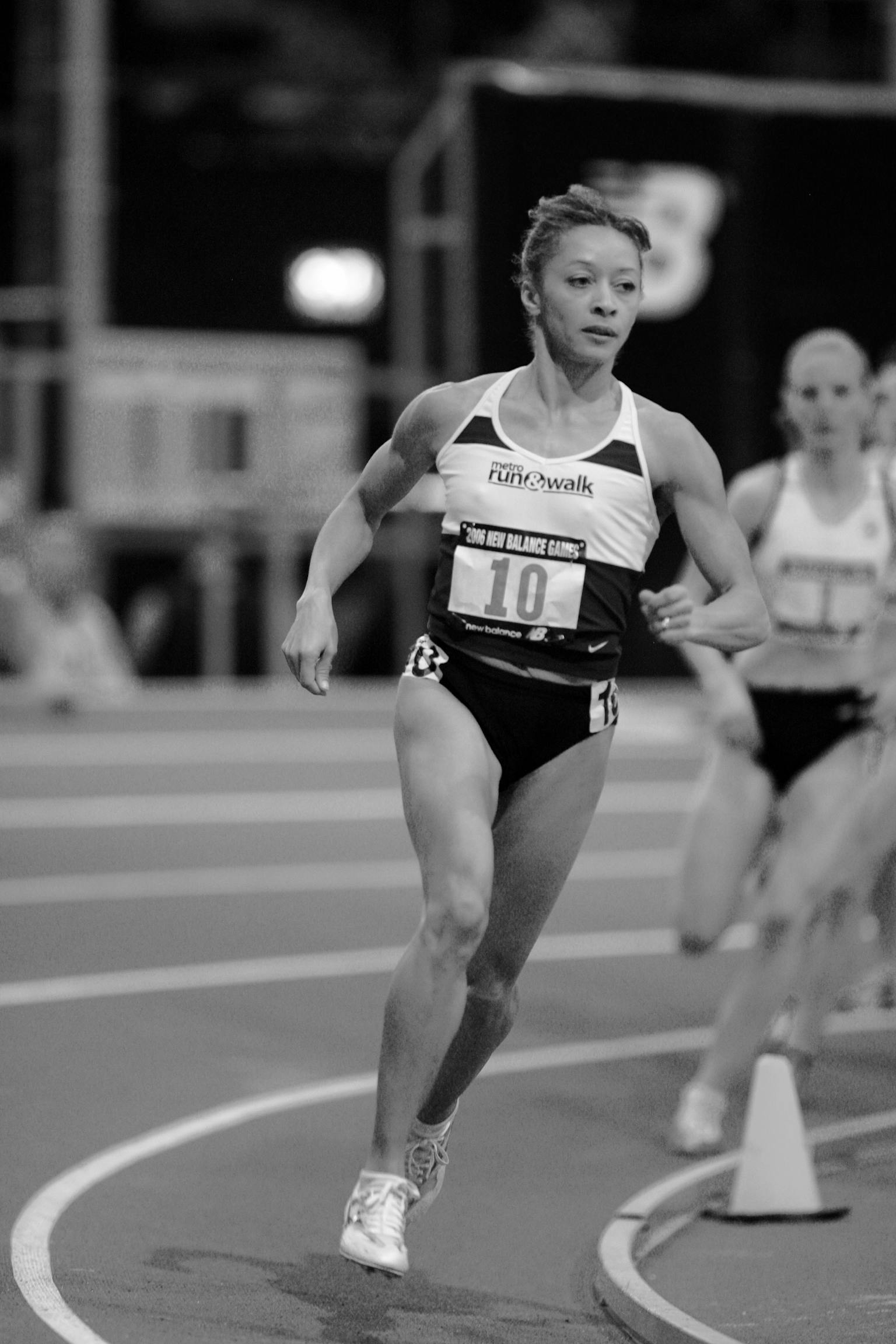
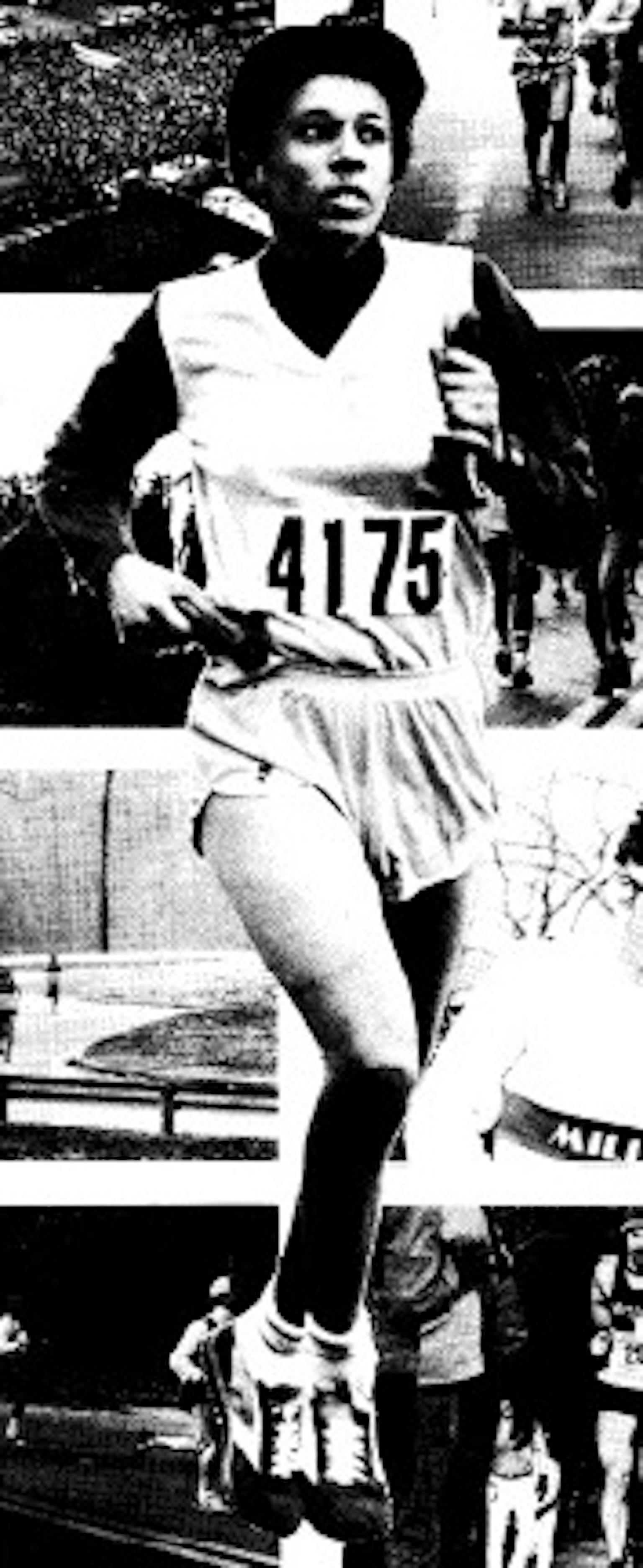
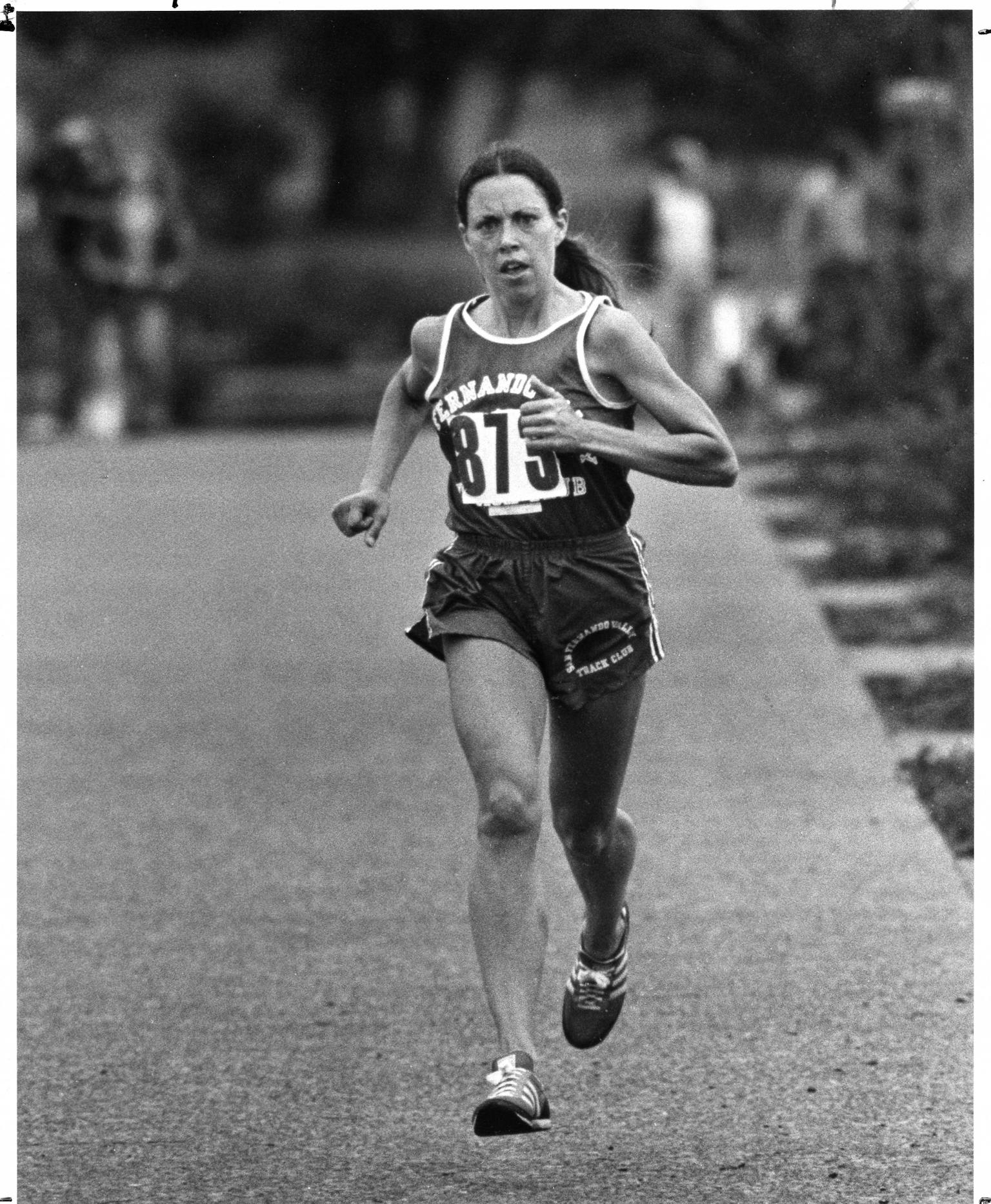
Cindy: She first qualified for the Trials in 1988 in 1500m. Then she qualified in the 800m in 2008. Then in 2000, she qualified for the marathon Olympic Trials. That was probably my favorite too, because I didn't know her at all, but got the chance to hear her perspective. We really wanted to talk to women of color and especially Black women. This is part of Gary Corbitts’ goal, to preserve Black running history and other groups that haven't been as well represented. Marilyn Bevans was also on our podcast. She was another highlight for me. She was an incredible runner at the Boston marathon in 1979 and ran 2:49.56.
One of my favorite things when we put an interview up is we become the top search result on Google. Some of these women don’t come up, not a Wikipedia entry, nothing. Now there's a place. That makes me happy to know there's a place for their names.
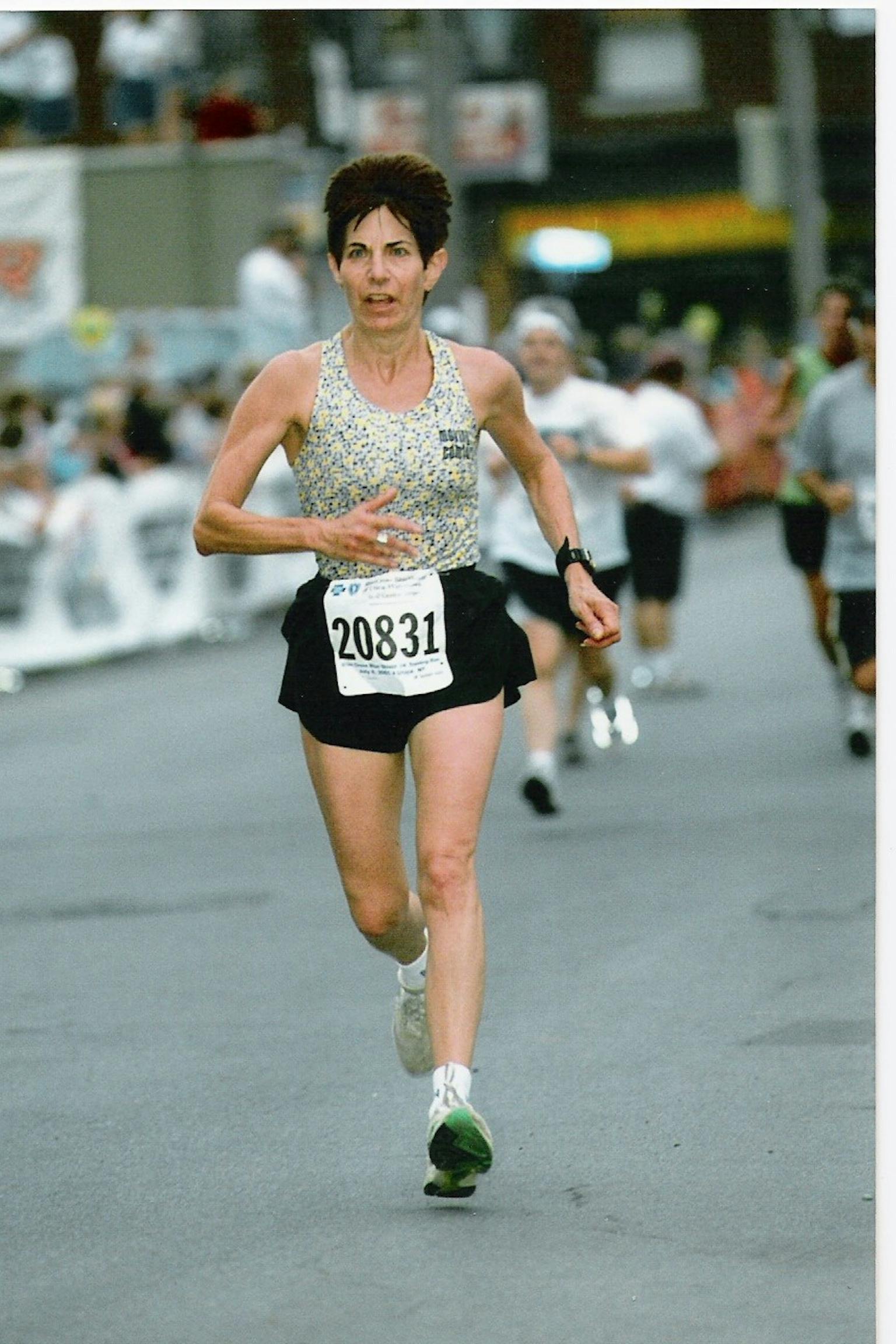
SW: That goes back to what you were saying about scanning Runner’s World stories and not really finding a lot of these women on the internet and their stories.
Freddi: Most runners know the famous names. They may know Joan Benoit Samuelson and Kathrine Switzer but they don't know the women from way back that blazed a trail. Imparting knowledge to new runners to me is really important. I'm glad we're doing that.
SW: None of these women were full-time runners. They balanced jobs and being caretakers, being wives. That’s more impressive to me. You can interview any of the pro athletes right now and hear about how they train twice a day and nap and eat and lift, but they're not balancing all the things most of these women had to juggle.
Freddi: It's interesting. When I look back, I say, how the heck did I do it? Editing a newspaper, racing, training, raising two kids, getting married and being active in my kids' schools. How did I do it? But we did it. It was the way things were back then.
Cindy: Fortunately we have the great interview Johanna did with Freddi.
Johanna: That was really cool to get to know Freddi on a different level from how we've all been interacting with this project. Learning more of your story and how much you've given to this sport, it was really neat. Thank you.
SW: Why did you choose podcasting as the vehicle?
Cindy: That was part of Gary’s initial idea. I'm glad we pair the writing with the podcast, but there's something that's really powerful about hearing a story in someone's own voice. As a writer, I believe there's an important role for journalism and having that interpretive lens too, but while these women are still around, to capture their thoughts and feelings and their voice and have that go directly into people's ears is incredibly powerful.
Johanna: We want to hear it in their voice, in their phrasing. Hearing full long quotes of someone go into detail is so much more interesting in my mind than the article.
Cara: When I think about what sticks out across everyone we interview, and maybe it was just the time period, but many of them didn't go in expecting to be the first of something. They are pretty resolute in what they do. They have this capacity to try new things and just do it.
SW: You’re talking about the barriers that a lot of women have overcome and we know there's still a lot of barriers. What does an ideal landscape of female distance running look like?
Cara: I'm actually doing some research into name, image and likeness right now. Trying to dig deep into that and the academic field. Support is the biggest thing. We saw the movements from Alysia Montaño about postpartum support, but there needs to be an equal playing field. Title IX is praised but it's not being actually translated well promotion wise or facilities wise. I'm glad we have made it as far as we have. There's a lot further to go.
Equity is an issue in placing value on women's sports. If I'm going back to watch the Olympics from the previous summer, what am I watching? I'm watching that women’s 4x4 and watching how beautiful it is over and over and over again. I want there to be that same excitement for women's sport, not just every four years. Also, not comparing it, saying “Well, it wasn't as good as this other race because men are faster.”
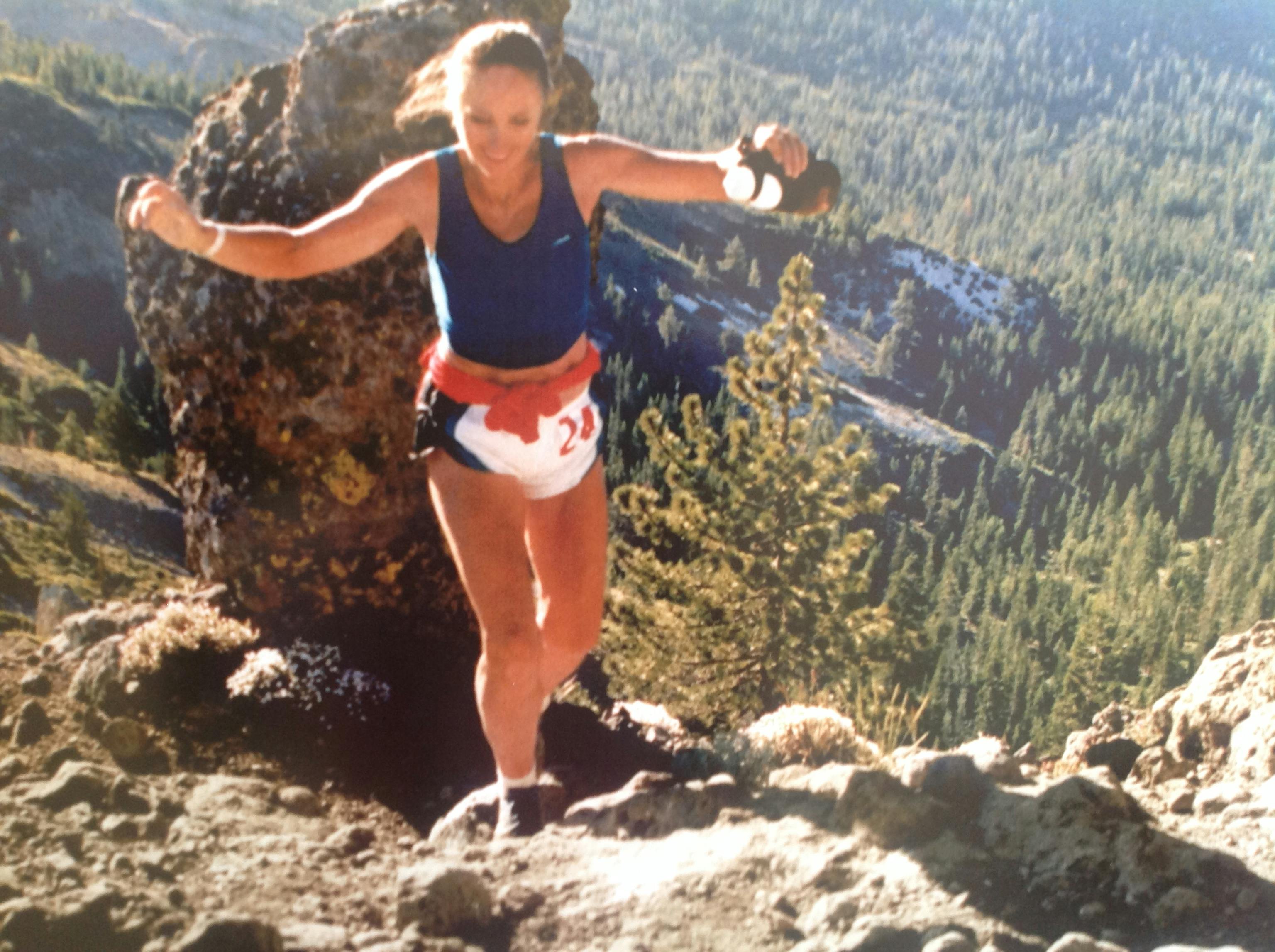
SW: I hadn't really thought about how there's two parts: it's not just about the runners, it's also about the people that are telling us stories. There's definitely a lack of equity on the journalism and storytelling side.
Cara: Absolutely. We hope to do a small piece to help in that direction. Even if it is just that first time doing something scary, like, “Hey, this is my first freelance gig,” or “my first time doing a podcast.” We want to support and grow that. I always love seeing Johanna’s tweets and getting to see her commentate Big 12s. It makes me so happy to see that it's not just, no offense, two white dudes out there commentating. It's someone who is a runner who understands running and can talk about it in depth. You're not given the sideline reporter gig fluff.
I keep bringing it back to my job, but working in a journalism school, we are acutely aware of equity and sports journalism and trying to get it there. We have students who want to go into sport, but you look around and it tends to be mostly men covering the events.
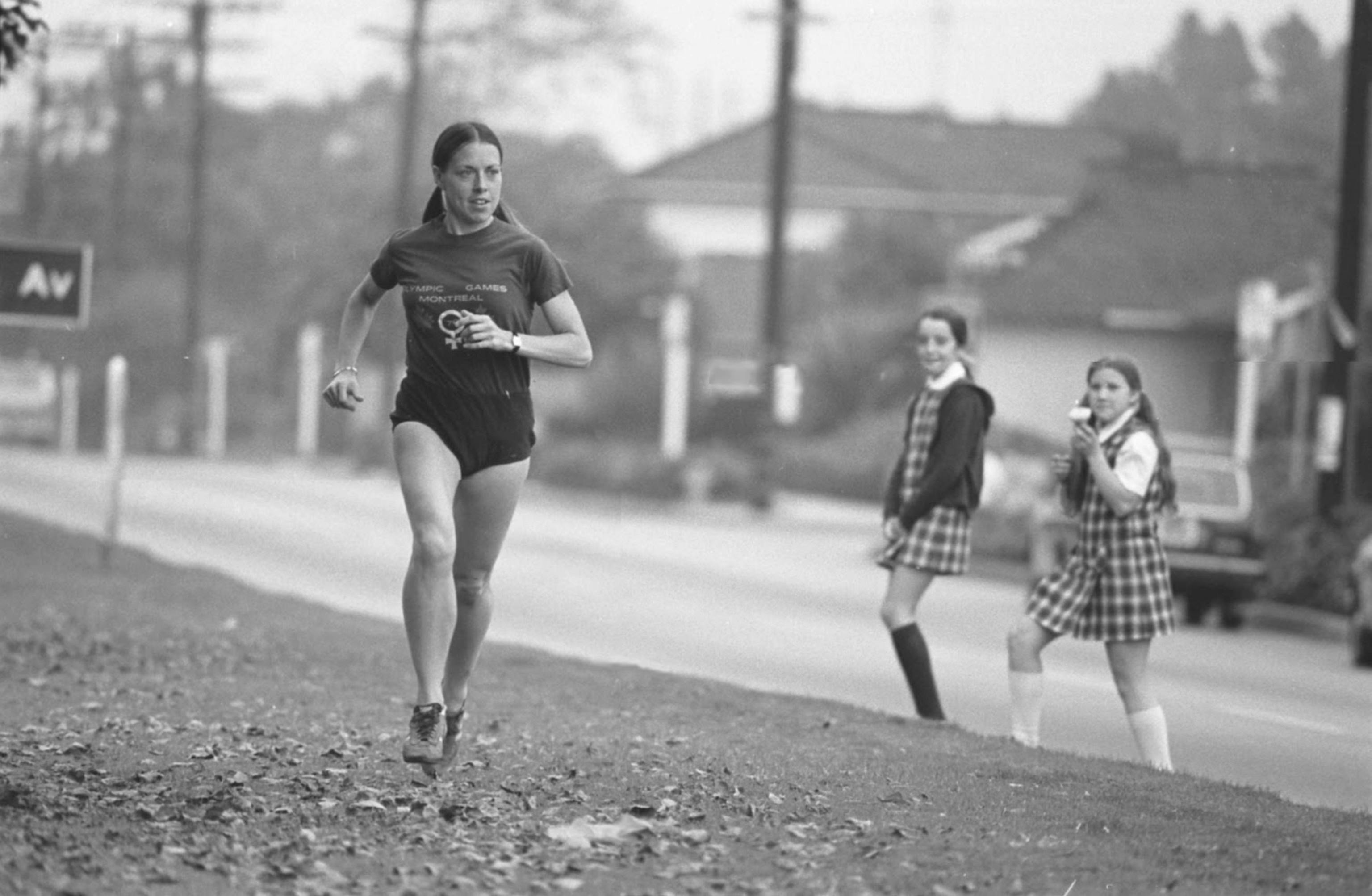
SW: I don't know if you want to add anything Johanna, but I remember seeing you at a couple of big meets and it is inspiring as a female distance runner to know that somebody is viewing the female runners who know the sport better than anyone. That's traditional journalism maybe, but it makes a statement to be able to have more ownership over our own performances and stories.
Johanna: It's weird how quickly I got used to being the only woman in the room. I've been covering sports for almost 10 years now. I got my first reporting job in 2013. It’s always been me as the only girl, but I will say from working and covering track, there is better representation. I’ve always been motivated because I had experience as a college athlete. I was the managing editor of a soccer website and most of our writers didn't actually play sports themselves, but they've made a living as full-time soccer writers and they are mostly men. Sometimes you have these moments where you realize they don't have that athlete perspective.
I've always been aware I have a different perspective. Certainly as a woman interviewing other female athletes, I have different questions talking to them. Growing up, I liked playing soccer and did track and read the sports pages. We got the Washington Post and I read everything, but there was definitely a disconnect; you almost think only men can become professional athletes because that's what's on the cover of the sports page all the time.
Cara: It really wasn't until the US women won the World Cup in 1999 that it was like, “Oh wow, women can play sports at a high level and people care.” I was a teenager, and remember being in an airport bar, standing there with everyone inside, and watching the team on TV. It was so impactful to see them. It was the first example I had of seeing myself represented. I still have the newspaper clippings of it because it was such a big moment, not only a sports moment, but a media moment where the media made a huge deal about it.
We don't get that much mainstream media coverage of any track athletes. There haven't been many other moments since then, but that motivated me as a young person who always liked reading and writing and doing sports that I wanted to be in that space contributing, telling the narratives that weren't getting to be told, like women's sports stories. There's only three percent women's sports coverage. The places that I remember having to go to find news… I'm so glad we have the Fast Women Facebook group now.
Cara: Going on Let’sRun and pretending not to be a woman to get information on the message boards was an interesting side aspect of it. It’s nice to be able to bring stories that maybe were overlooked because of those certain reasons to be at the forefront. I don't think you're gonna find half of these stories.
Freddi: Well be glad you didn't have to go into press rooms. Male dominated press rooms with every guy smoking their cigars. When you think of old classic movies, The Front Page, that's the way it was, way back when I started with Runners Gazette. It was quite an eye opener. I'm glad there's no smoking now. Back then and as a runner, it was horrible.
SW: What do you want people to take away from your project?
Johanna: We all know the story of Pre, there's two movies about this guy and for good reason but there's so many men who are looked back as icons of the sport. There's so many women who are in these same positions that we don't have as much information about. You might ask a young person who's interested in track and they might be racking their brains to remember someone like Joan before, whereas Pre would probably be the first name that comes out of their mouth.
The ultimate goal for me with this project would be to spread awareness of female icons of the sport and make them more well known. I love what Cara said about the fact that when we publish a new post and you Google some of these people's names, the first relevant result shows up for the first time. That's so cool in the internet age. Now they exist in a way that they didn't before.
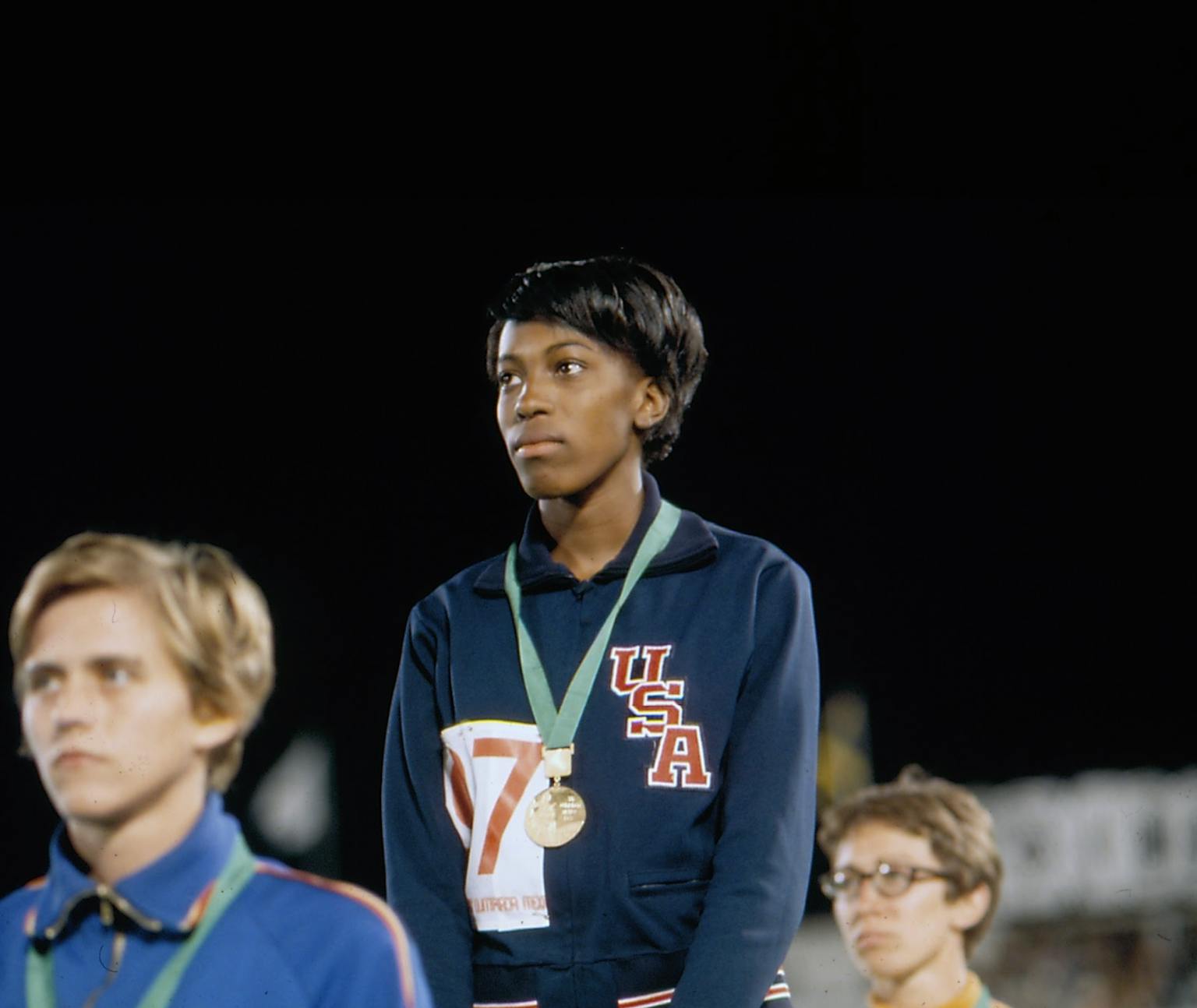
SW: They're being immortalized a bit, where there's a record of their story.
Cara: If you see someone who's done it before and you can see yourself in it. You have more of a chance to believe it. Maybe we're not hitting that target audience quite yet. But most of us who have looked at running history can remember when we've actually started getting it into running and trying to find resources. I want there to be a resource.
Freddi: That's something that I hope people who are listening to it appreciate. I have always been passionate about wanting to promote the history of women runners, because the more I would talk to younger women, I would realize how they didn't know much. They didn't know names I thought everybody knew if they were interested in running. This project is perfect for that.
SW: It’s hard to believe women weren’t allowed in the NCAA championships for a while. So it's cool to have paid respect by telling these stories and not forgetting the history of so many barriers that women faced.
—
Follow them on Instagram here.